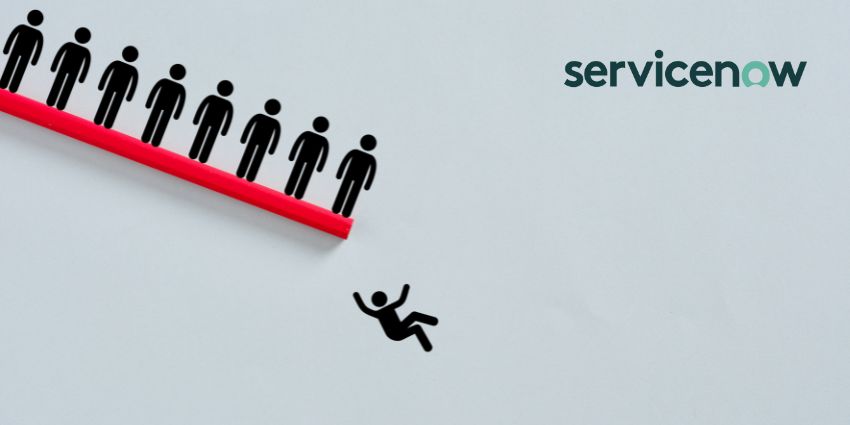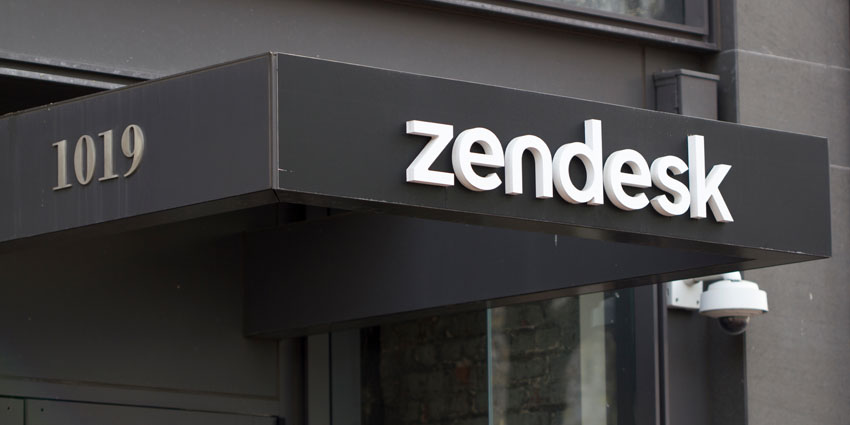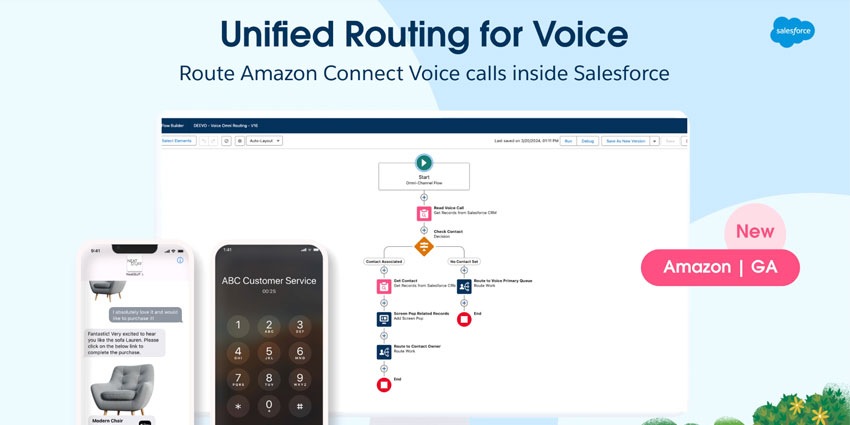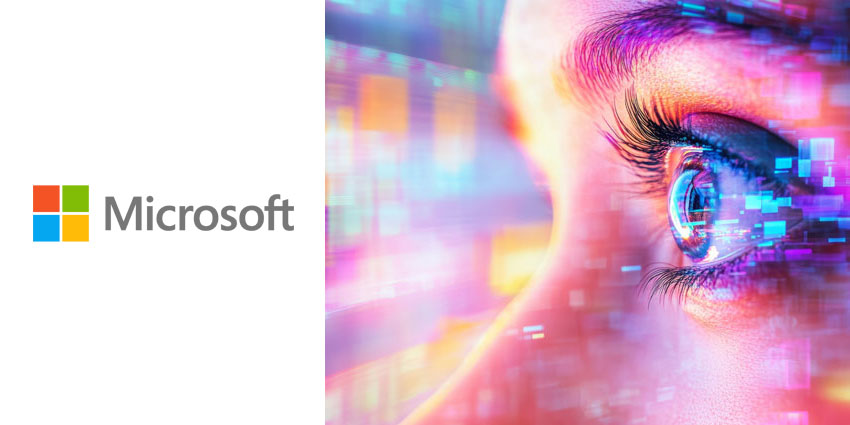The past two years have proved the need for digital transformation unlike anything else. Those companies that were already well underway on their digital transformation journey have proved the most resilient, with those lagging behind facing an existential need to update their technology stacks and move away from legacy offerings.
One key differentiator has been how companies provide the level of digital customer experience consumers now expect, with many finding their existing legacy solutions for customer relationship management to be overly complex and antiquated. To learn more about how organisations can respond, CX Today welcomes Ed Barret, EMEA Vice President of Sales at HubSpot.
Maximising Digital Engagement
The pandemic has required companies to learn some fundamental lessons, and HubSpot is no different in that regard. “It’s been all about digital engagement as well as closer and frictionless collaboration between marketing, sales and customer service teams. Customers are becoming more demanding when it comes to their digital experiences with brands, not least because they have fewer touch-points, so they expect a high quality and innovative experience regardless of whether that is marketing or sales-led, or whether it is part of their after-sales care” says Barrett. “Our customers were required to engage more with their customers through digital channels. We’ve learned a lot about customers’ expectations of these channels; what works well, what doesn’t. This period set businesses up to re-evaluate whether their tech stacks will allow them to efficiently collaborate. And, ironically, if there is one thing we’ve learned during the pandemic, it’s not to underestimate the human desire for in-person interaction.”
That’s been backed up by research commissioned by the company in the UK, Hybrid CX in a post-pandemic world: Where do we stand on the Human Touch? which found that 52% of consumers making purchases online said they would prefer dealing with a person directly. However, 40% of those surveyed claimed they were still struggling to reach a human to resolve an issue in the sales cycle. Resolving that imbalance requires putting the right technologies in place to deliver human interaction. “While the thought of introducing new technology to get past these hurdles can seem daunting, particularly for IT teams, platforms like HubSpot that have been purpose-built to work off one central tech stack to deliver an easy to integrate platform from which all the business functions can capture customer insight and resolve any issues,” says Barrett. “There’s little excuse for businesses to be missing the mark on the basic principles of a good customer experience these days.”
While businesses may fear the disruption that adopting those technologies entails, properly implemented technologies can have the opposite effect. Barrett likens a modern B2B stack to iPhone and Android app stores. “B2B stacks, although not as simple, are conceptually similar. You want a common foundation platform with the ability to augment it with specialised capabilities unique to your business or strategy. Where other CRM platforms were assembled through multiple, disparate acquisitions, each with a completely different underlying tech stack, HubSpot is carefully crafted in-house using a collection of proven tools, components, and systems on a single code-base, that seamlessly work together as the building blocks of the user experience.”
Of course, as companies scale, so should their technology. “Businesses need to ensure that all of their teams are working from a single source of ‘truth’ on a customer. To drive scale and growth without increasing complexity, companies need a powerful and easy to use CRM platform which can manage the process and empower marketing, sales and customer service teams to focus on delighting customers. A customer, after all, wants one seamless experience with a brand, regardless of which team they’re engaging with. They won’t wait for your systems to catch up or for your team to discover the points of friction that are causing frustration. Ultimately, they don’t care about your complexity or that you don’t have the systems in place to understand who they are and what they want.”
Responding to Customer Demands
One of HubSpot’s customers, the World Wildlife Fund, embodies this response to changing customer expectations. Having run digital campaigns with email, social and web activity siloed, the pandemic made it necessary to communicate more simply with donors and supporters. “They needed to change the content on their website quickly, bring together the data regarding their donors and supporters, and track those communications across all the channels,” says Barrett. “Rethinking their supporters’ digital journey enabled them to deliver a singular message across multiple channels in a streamlined way – that is how they were able to pivot.”
As the world emerges from the pandemic, don’t expect customer demands to go back to their previous setting. “Even when the pandemic becomes a thing of the past, customers will expect the same accessibility and convenience that companies have offered them over the last 18 months,” says Barrett. “Every part of the digital journey needs to be accessible online and avoid causing friction with customers operating predominantly online. In terms of customer trends, we’ve seen digital interactions with customers hit some all-time highs. We’ve analysed data from more than 120,000 customers, and website traffic for UK businesses and for businesses from all over the world is trending above pre-pandemic levels, while customer-initiated chat conversations have continued to grow enormously even after restrictions lifted, demonstrating customers need more support than ever.”
That explosion in web traffic is why a modern CRM is now paramount. “I don’t call a customer; they come to the website and use that front door. Or they may choose to use a free trial of the product, and that might be the front door,” says Barrett. “The digital journey begins with the website and carries through with the many interactions that your customer has with you, and you need to capture all of that information. Nowadays, customer experience is about linking what’s happening on your website – the front door of your business – to the rest of the customer experience. That redefines how we think about CRM. It is time for businesses to start thinking about CMS as part of CRM because of how strongly linked customer experience is to websites today.”
Going forward, HubSpot is committed to enabling growth in the post-pandemic era. “These last 18 months, we have gone from helping our customers survive to helping them thrive to helping them accelerate,” says Barrett. “We believe that the idea of growth has fundamentally changed, and as we come into this recovery and innovation phase, we need to focus on foundations. We call it the ‘growth promise’: your value is more than your product; your employees are more than their job titles; your customers and partners are more than their deal sizes. In times of crisis, growth is doing the right thing, even when it is hard. And especially when it is hard. Growth is a promise you make to your customers, your partners and your employees that what you are building today will be there tomorrow.”







